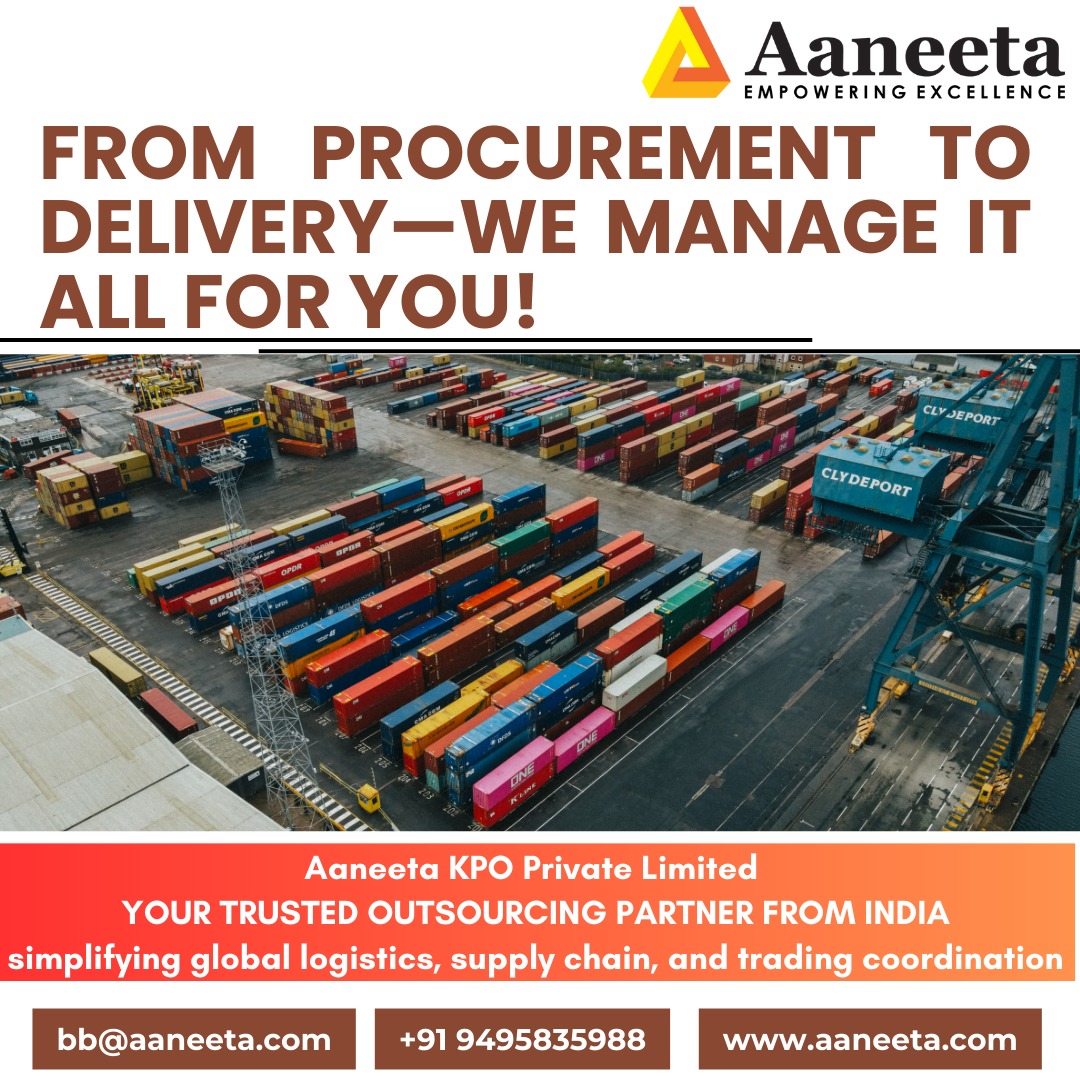In a world driven by rapid commerce and just-in-time deliveries, managing procurement to delivery seamlessly is no longer a luxury—it’s a necessity. What happens behind the scenes of every international shipment is a masterclass in coordination, strategy, and adaptability.
Global trade isn’t just about moving goods; it’s about moving information, relationships, and expectations. The real differentiator today isn’t who ships faster—it’s who ships smarter. That’s where integrated logistics comes in: combining procurement, warehousing, supply chain visibility, and final delivery under one coordinated umbrella.
Here’s what makes modern logistics a powerful force in the global market:
1. Resilience Over Cost-Cutting
Gone are the days when supply chains were built solely around minimizing costs. Today, resilience and agility take center stage. The most successful logistics strategies now account for geopolitical disruptions, raw material shortages, and environmental challenges. Businesses are choosing partners who offer continuity, not just economies.
2. Data-Driven Decision Making
The smartest supply chains are digital at the core. Predictive analytics, AI-driven inventory management, and real-time shipment tracking have transformed how goods are procured and delivered. Knowing when a shipment is delayed is no longer enough—now, platforms can predict why it might delay and suggest proactive rerouting strategies.
3. Sustainability as Strategy
Modern logistics isn’t just about speed; it’s about responsibility. Eco-conscious logistics networks—featuring optimized shipping routes, greener packaging, and carbon offset initiatives—are becoming a key competitive advantage. Companies that integrate sustainability into their supply chain processes are seeing stronger brand loyalty and regulatory favor.
4. Local Expertise, Global Reach
While global supply chains span continents, the real challenge lies in local execution. Understanding customs regulations, port bottlenecks, and regional market nuances is essential. The most successful logistics partners are those with a deep understanding of both global compliance and local practices.
5. Speed to Market as a Growth Lever
For consumer-driven industries, time is revenue. The faster you can go from raw material procurement to product delivery, the faster you can capitalize on market demand, seasonal trends, and shifting customer behavior. Logistics partners that prioritize “speed to market” are unlocking exponential value for their clients.
Outsourcing your logistics, supply chain, and procurement processes isn’t just about reducing workload—it’s about partnering for strategic advantage. Whether you’re a startup scaling globally or an established brand entering new markets, having a unified logistics strategy can make all the difference between thriving and merely surviving in today’s fast-paced economy.



